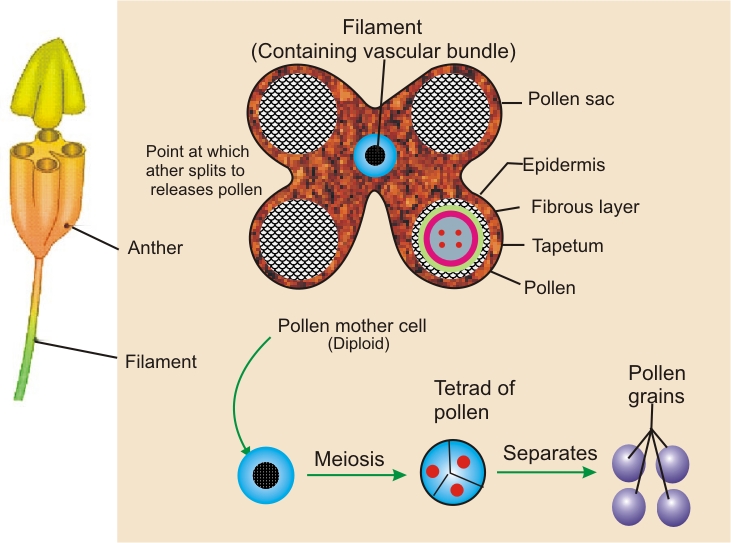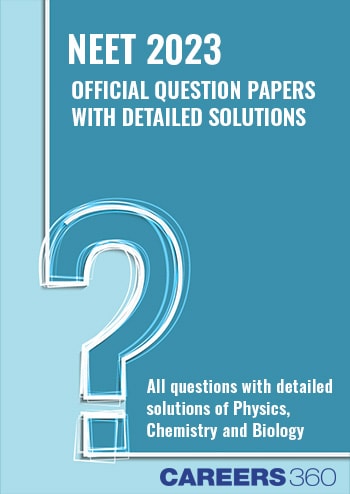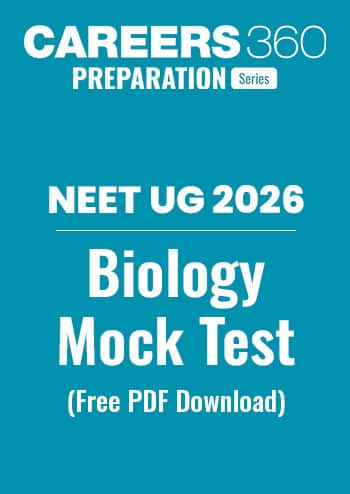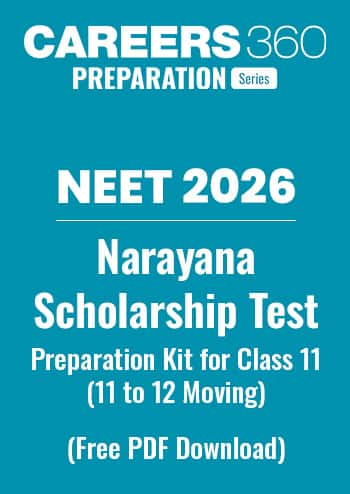Microsporogenesis MCQ - Practice Questions with Answers
Edited By admin | Updated on Sep 18, 2023 18:34 AM | #NEET
Quick Facts
-
Microsporogenesis & Dehiscence of Anther is considered one the most difficult concept.
-
19 Questions around this concept.
Solve by difficulty
Which one of the following statements is correct?
Concepts Covered - 1
Microsporogenesis & Dehiscence of Anther
Microsporogenesis:
- The formation of microspores or pollen grains inside the microsporangium is known as microsporogenesis.
- When the anther is young, a layer of homogenous cells occupies the centre of each microsporangium, is known as sporogenous tissue.
- It is diploid in nature.
- The sporogenous tissue transforms into microspore or pollen mother cells.
- These microspore mother cells undergo meiotic divisions to form microspore tetrads (four microspores) which are haploid.
- These microspores mature to form pollen grains, male gametes.
- One microspore mother cell forms four microspores.
- The microspores develop to form the pollen grains.
- In some cases, all the four pollens remain attached to form compound pollen grain, as seen in Typha.
- In Calotropis, all the pollen grains of an anther lobe remain united in a single sac called pollinium.
- Each microsporangium contains thousands of microspores or pollen grains.
Dehiscence of Anther:
- Upon maturity, the anther dries up.
- The sterile strip present between the two pollen sacs of each anther lobe disintegrates and a single cavity is formed in each anther lobe called theca.
- Hence, there are two thecae in a mature anther, hence, dithecous.
- Dehiscence is aided by the cells of endothecium as they lose water, shorten and rupture the wall at the stomium.

Study it with Videos
"Stay in the loop. Receive exam news, study resources, and expert advice!"













